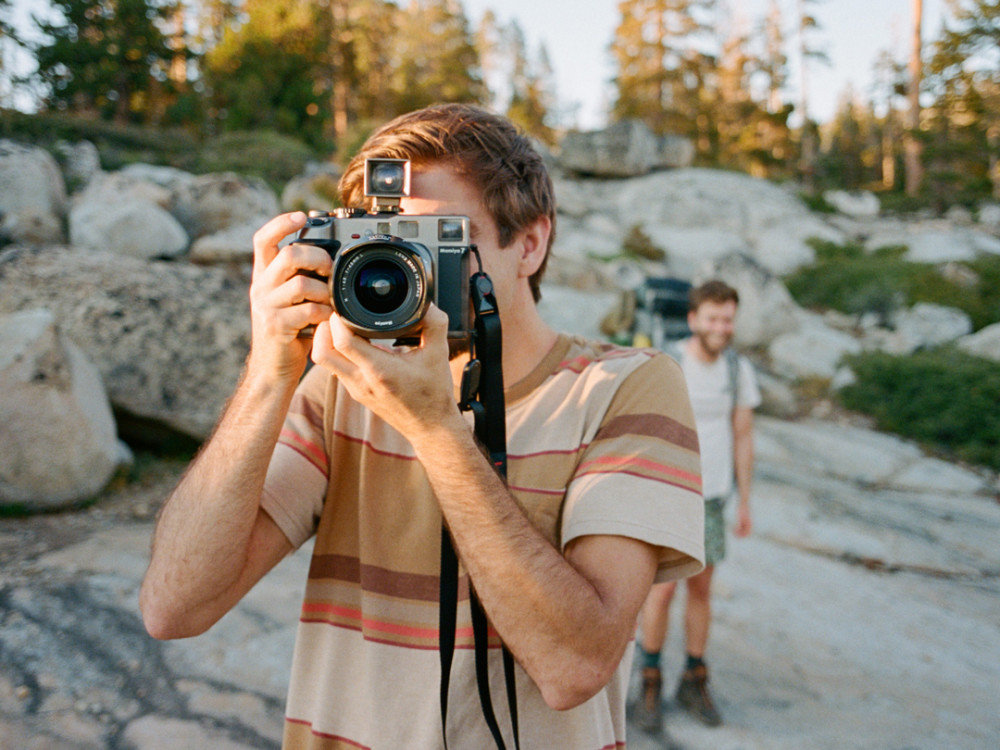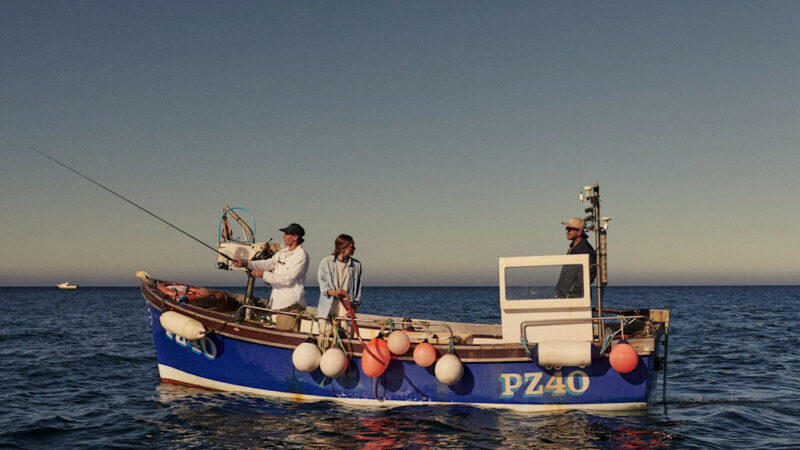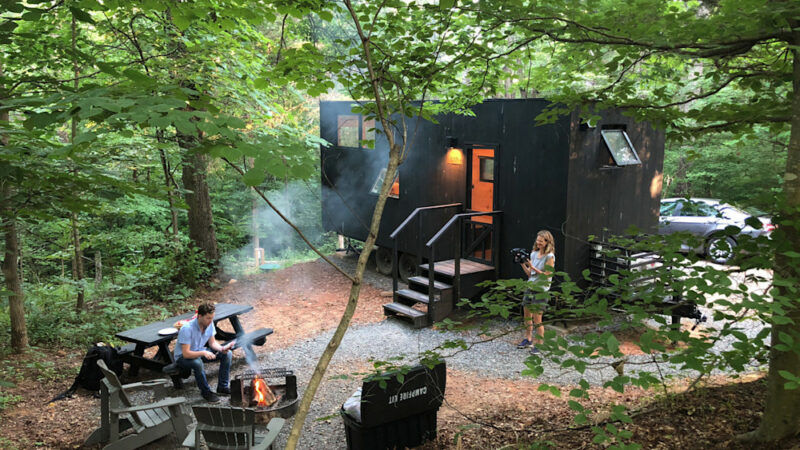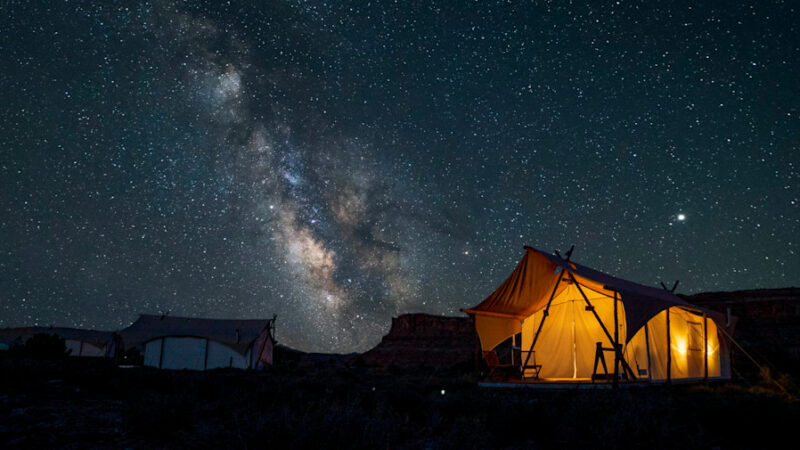The 11 Best Film Cameras, According to Our Favorite Photographer

Best Highly Specific Film Camera: Hasselblad XPan
A quick Google search for the Hasselblad XPan may leave you with more questions than answers. Why? Because the Hasselblad XPan is a panoramic 35mm film camera. Meaning it produces panoramic photos the size of 24mm x 65mm (it’s also capable of making conventional 35mm photos with traditional 24mm x 36mm dimensions but the real beauty of this bizarre camera is the former capability). Few cameras alive today rival this true, one-of-a-kind 35mm rangefinder camera.
Built via a joint effort between Fuji and Hasselblad, the truly unique XPan can be seen as nothing short of a Frankensteined Leica M6 and Contax G2. With superb lenses, of course.
Thinking you might want to pick up an XPan? Maybe a lens or two? Be prepared to sell your car or forego rent for a few months to afford it.
Skill Level: Professional
Year Released: 1998
Type of Camera: Dual format 35mm/panoramic
Film Format: 35mm
Average Hasselblad XPan Price on eBay (2024): $4,800
What are the 3 types of film cameras?
The three main types of film camera are 35mm (SLR or rangefinder), medium format (or 120), and large format. Each takes a different size of film stock—the larger the film the more grain there is to react to light and thus the higher the resolution of the resulting negative.
What is the difference between SLR and Rangefinder cameras?
Aside from film formats, there are a number of different film camera types, too. The most popular being SLR and rangefinder. SLR stands for Single-Lens Reflex, a design in which an internal mirror reflects what the camera is “seeing” into the viewfinder. When you look into the viewfinder of a film SLR, you’re actually seeing through the lens, which allows for more precise composition and depth of field analysis.
The viewfinder on a rangefinder camera, on the other hand, doesn’t “look” through the lens like an SLR does, but instead through a mechanical series of lenses and mirrors that approximates what the lens is seeing. There are frame lines in this viewfinder, and it does align with the lens to allow accurate focusing and composition. But, you don’t see the same depth of field perception as with an SLR. That’s the con of a rangefinder. The main pro is that the lack of collapsible mirror in the body—the function that characterizes an SLR—allows rangefinder camera bodies to be much smaller and more compact.
Street photographers often prefer rangefinders as they are generally more slender and able to shoot a little more off the cuff. They’re also much quieter. Landscape photographers and other generalists often prefer SLRs because of the depth of field POV.
Of course, there are also Twin-Lens Reflex cameras, commonly referred to as a TLR. They are either greatly loved or fiercely hated. Your mom might have a dusty one on a shelf somewhere. Ultimately, preference boils down to a matter of opinion, style and experience. The same goes for camera models as well.
Is a film camera worth buying?
Like many things in life, you get what you pay for. A film camera is worth buying if you want to see the world from a new point of view. Shooting film changes the way you approach photography, due to the strict limitations of film frames and camera function. For me, and many others, buying a film camera is a great way to slow down life, to savor moments more, and to unplug from 24/7 screentime. Plus the images look great—if you get the light right.
Are any film cameras still made?
Yes, brands like Leica, Nikon, and Lomography still make film cameras. Pentax also joined the ranks of camera brands still making film cameras with the announcement of an all-new film camera to be released in 2024.






